We all have read stories this year of the drought throughout the west. Well, our dry farmed vineyard experienced it first hand. The 5.4 inches of rain that fell during the rainy season was supplemented by minimal amounts of water from our back up drip irrigation system. The grapevines were short, the grape bunches fewer, and the size of the bunches were small. This is a very important story unfolding throughout California. Our groundwater is not being replenished, nature suffers and heavily irrigated agriculture further depletes our water resources. We watch and wonder how to plan for the future.
In the present, though, we have this year’s harvest story to tell. Although the quantity was very low, the quality is very high. And as always, we gathered community together to harvest the grapes. Every year It is so special to participate in the harvest as we form community and connect with the land.
The Shiraz
First came the Shiraz grapes, ripe to 24 brix and ready for picking on August 29th. From our 360 plants we only harvested 210 pounds (compared to 4250 pounds in 2019). Our neighbors from Quail Springs Permaculture Center and our Cottonwood Canyon neighborhood joined us for a harvest feast and a careful early morning harvest of the grapes. Here’s the story in photos below.
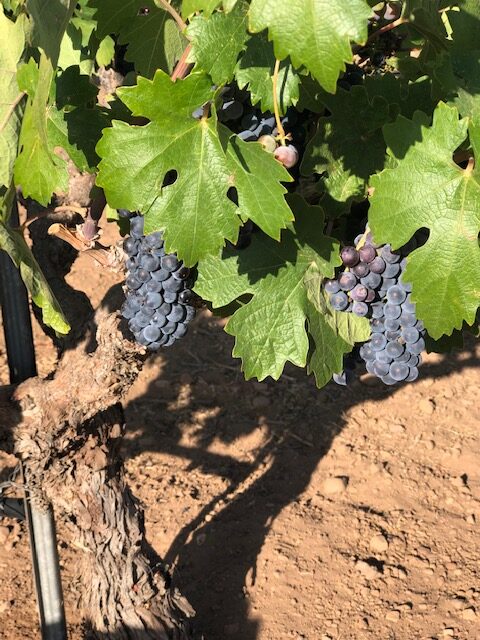
Ripe Shiraz on 23 year old vine 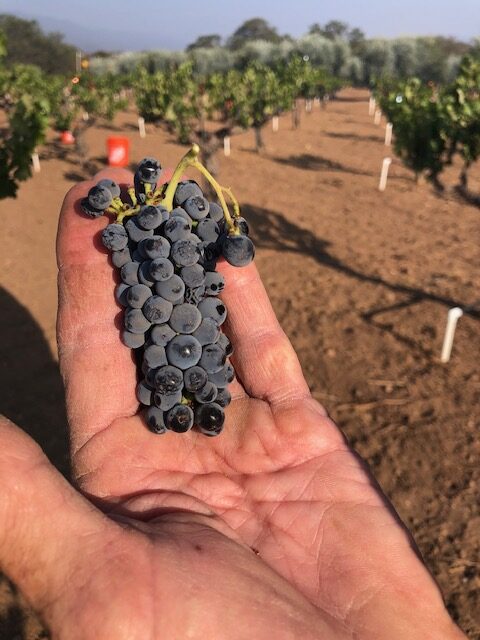
Beautiful grapes, small bunch 
Together 
we 
hand picked 
each 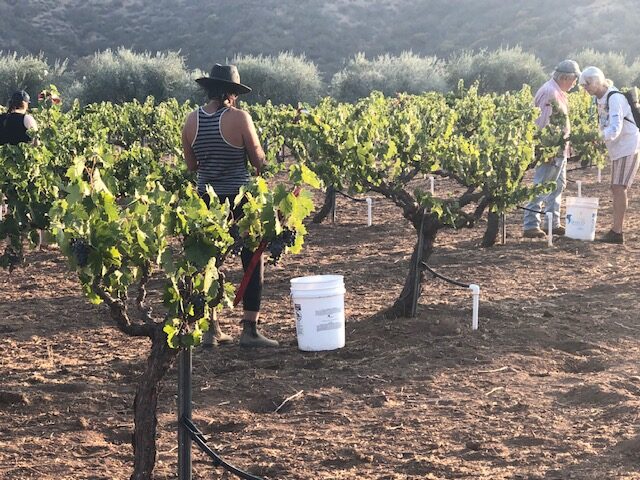
bunch 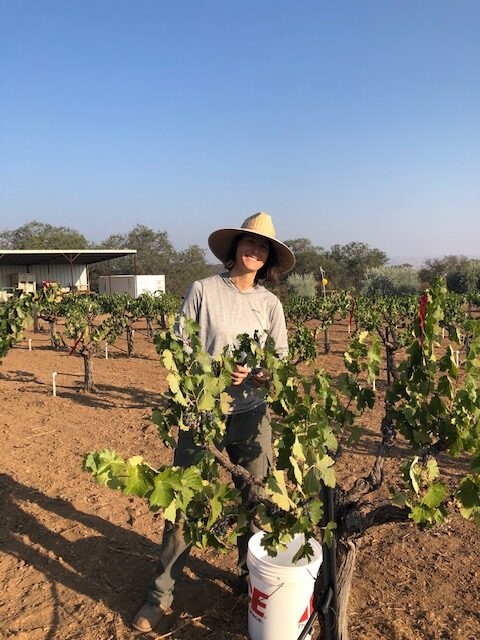
until 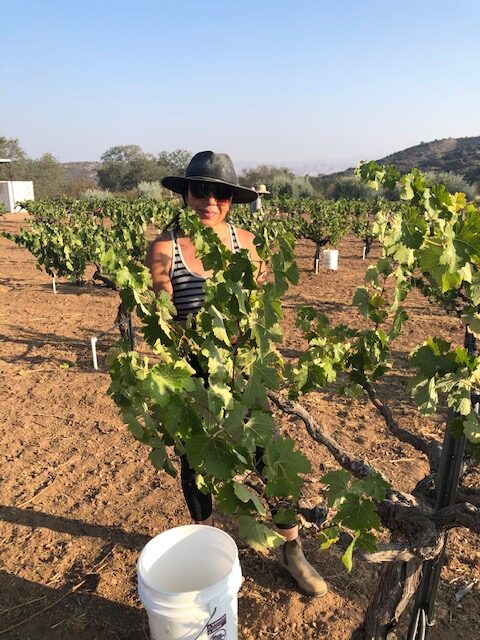
all 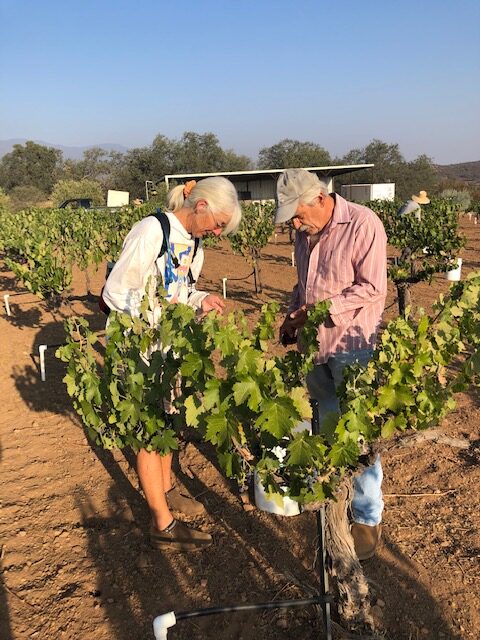
were 
gathered. 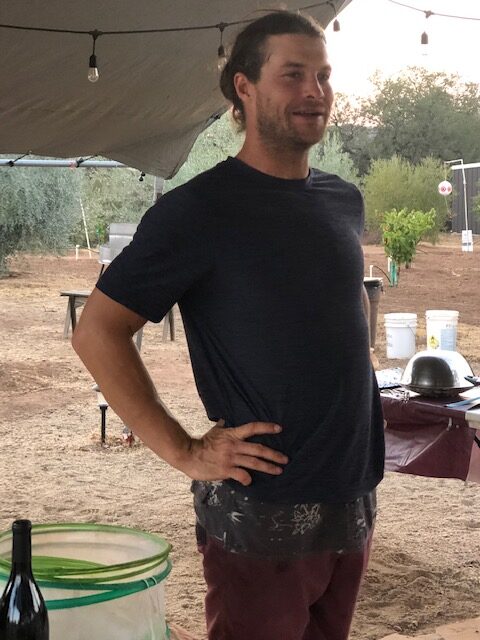
Chef Brendan shares the harvest feast menu 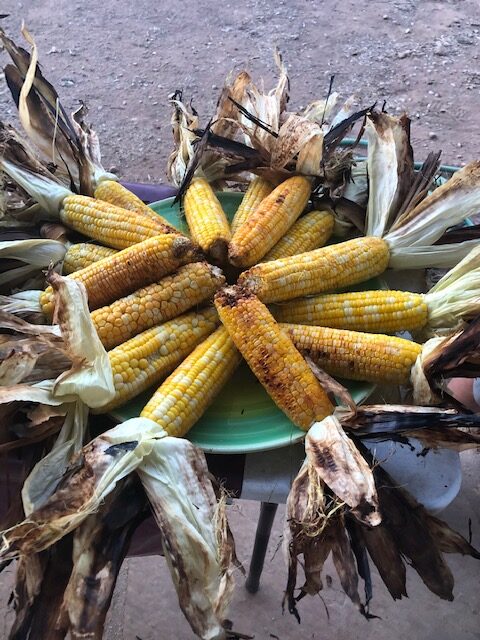
including sweet corn from Cuyama Homegrown farm. 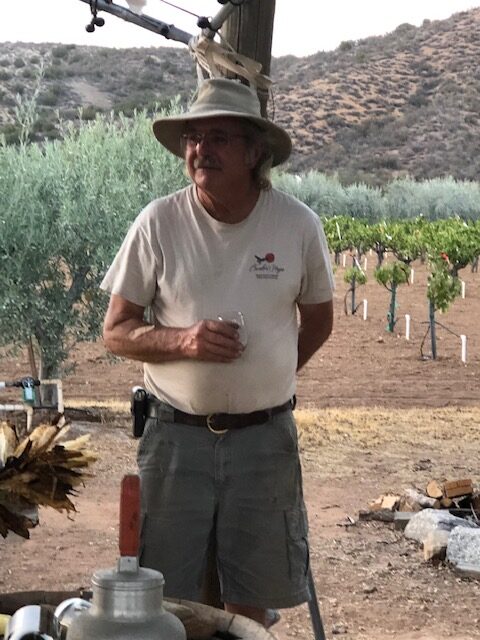
Steve shares gratitude. 
Marta & Sarah enjoy 
along with Robert & Susan. 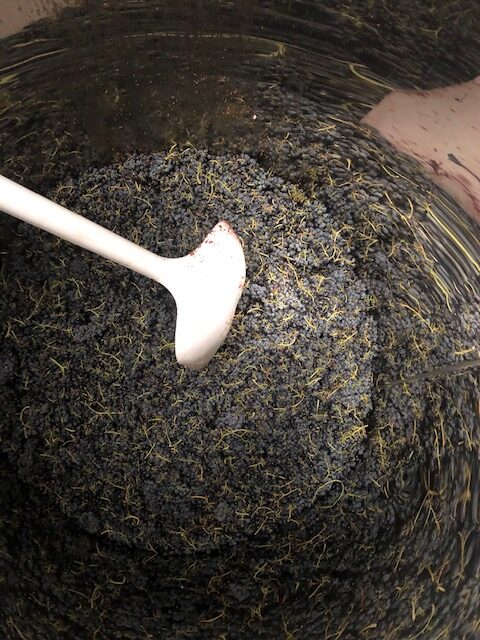
At the winery the grapes go into a cylinder. 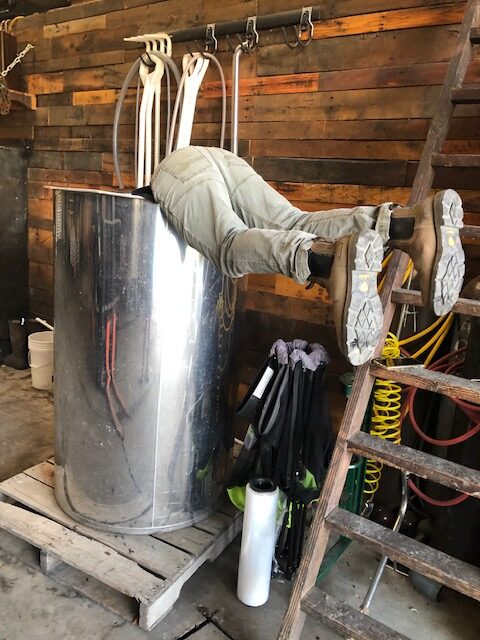
Bottoms up! Winemaker Ryan has to go deep to put lid on small amount in cylinder.
The Pedro Ximénez
Next came our white grape, Pedro Ximénez, a unique dry wine that flourishes in our dry, hot climate. Ready for harvesting at 20.4 brix on September 12th, again folks gathered for a community harvest and feast. Once again the quantity was lower than ‘normal’. In 2019 we harvested 4500 pounds of Pedro. This year our yield was reduced to 900 pounds. Yet the joy of harvesting together, families and friends sharing in touching the land makes all the effort worth it. Here’s the story of the Pedro harvest in photos.
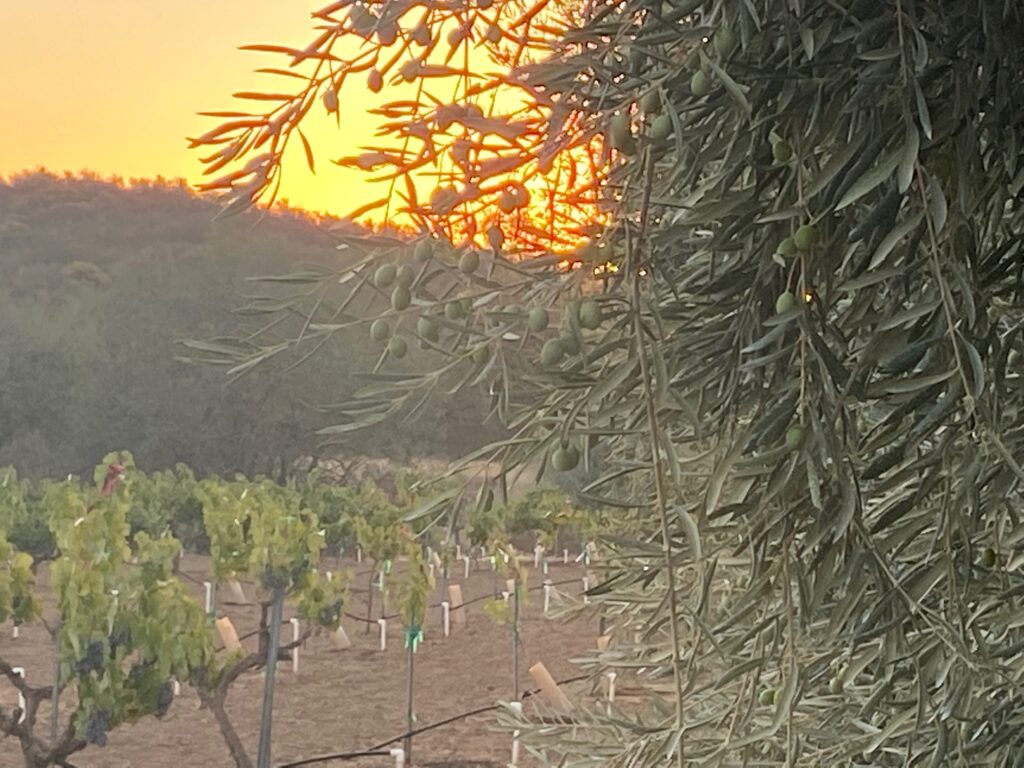
The Pedro is ready for harvest. 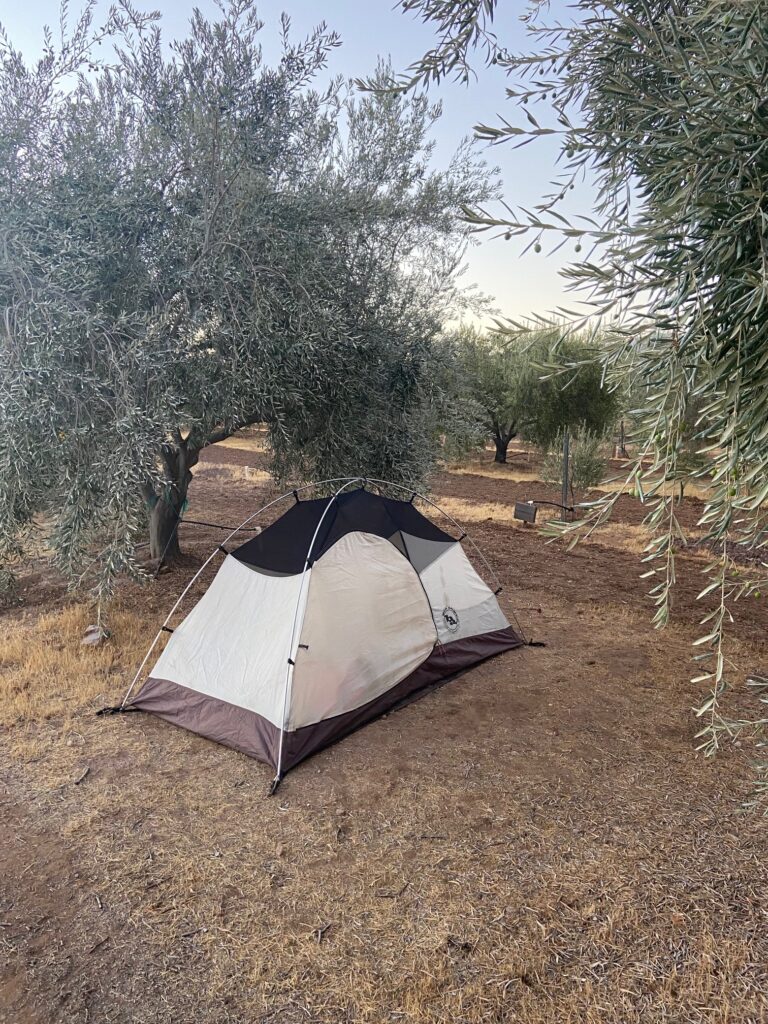
Campers rest and are ready too. 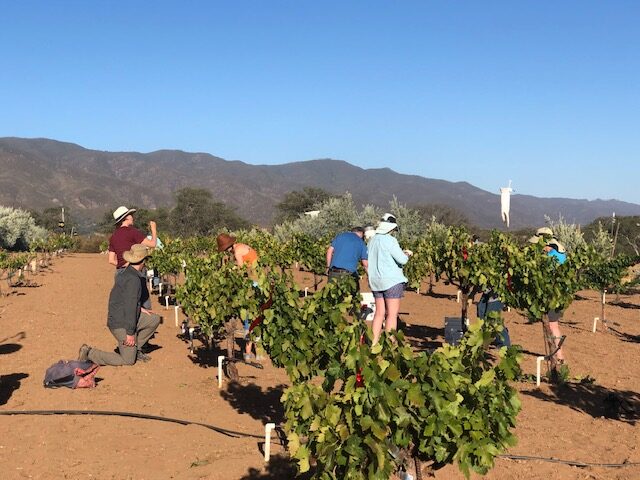
In early morning light we find the grapes. 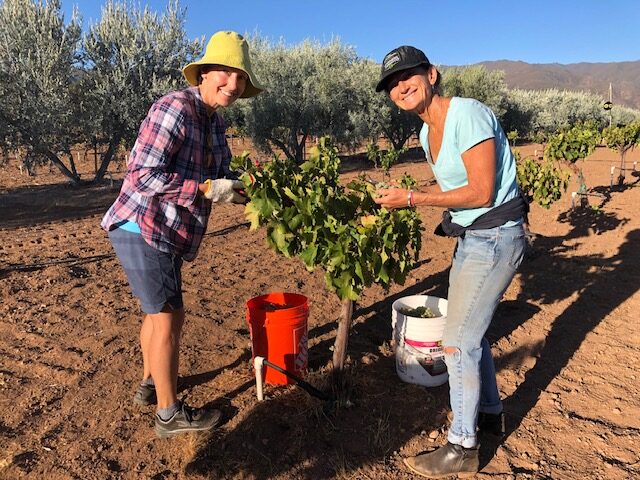
We share in cutting them from the vine 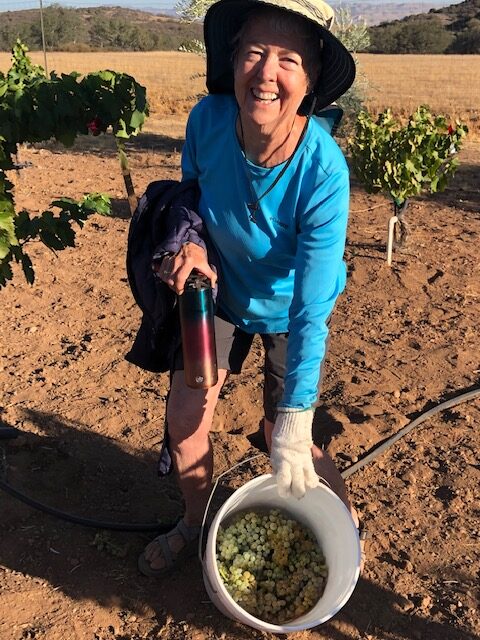
and fill our buckets. 
Grandfather and granddaughter harvest together. 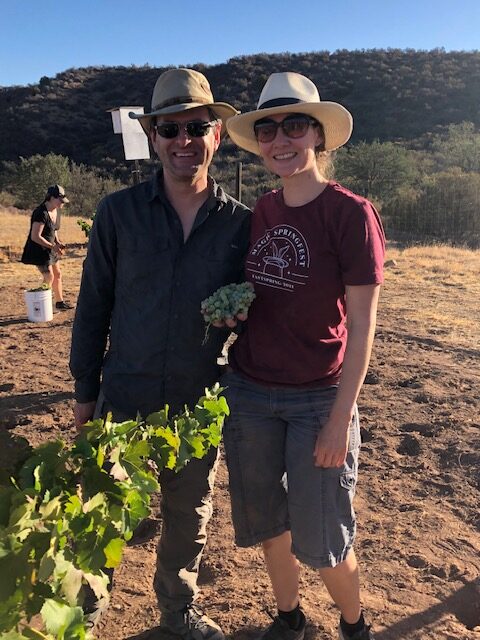
Of course 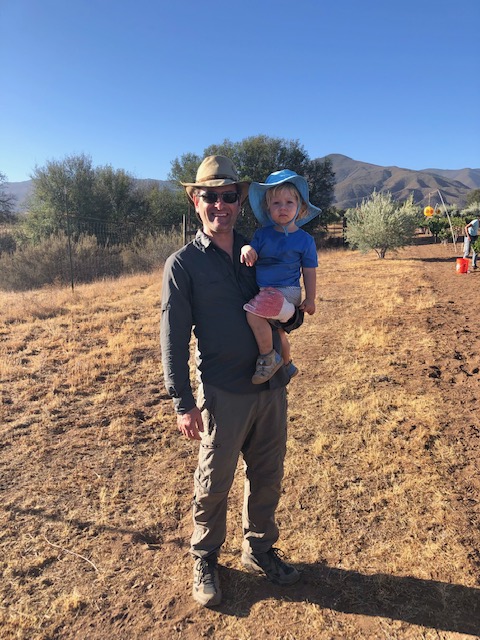
there are breaks 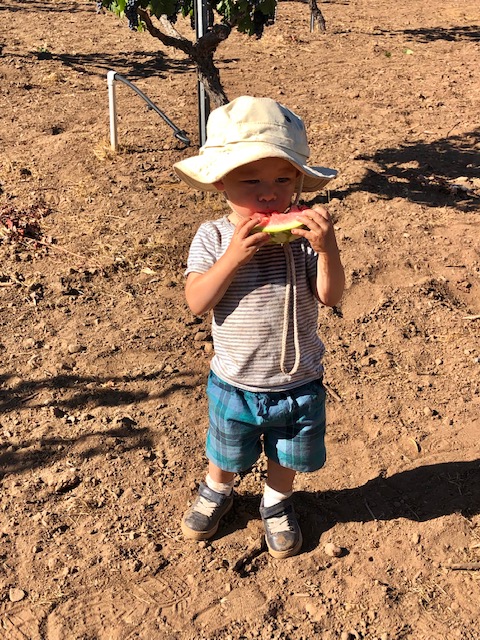
and snacks throughout the harvest. 
But there is work to be done. 
And we do it 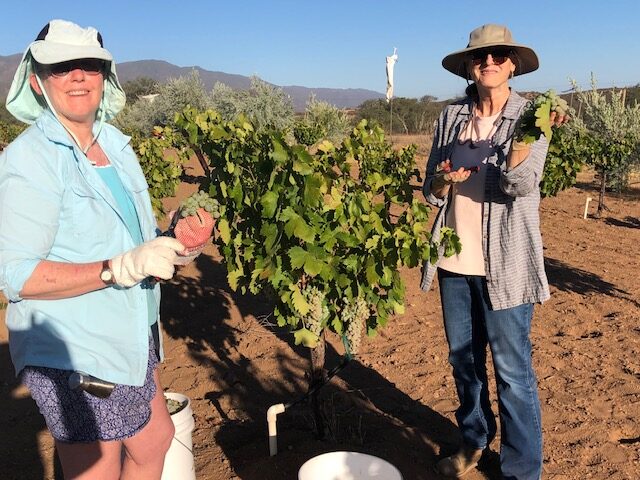
together 
with joy 
and 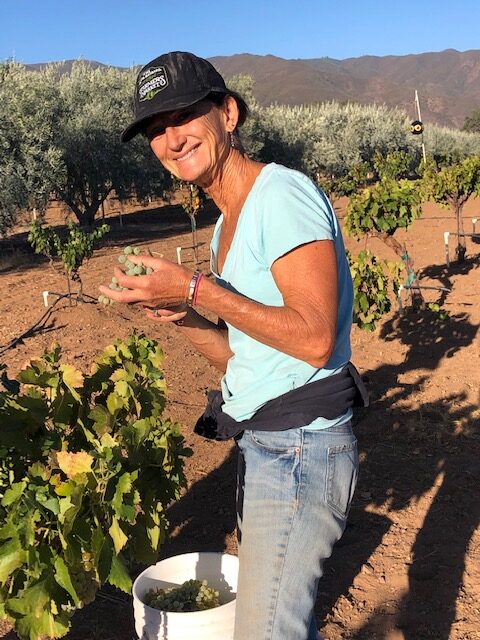
anticipation 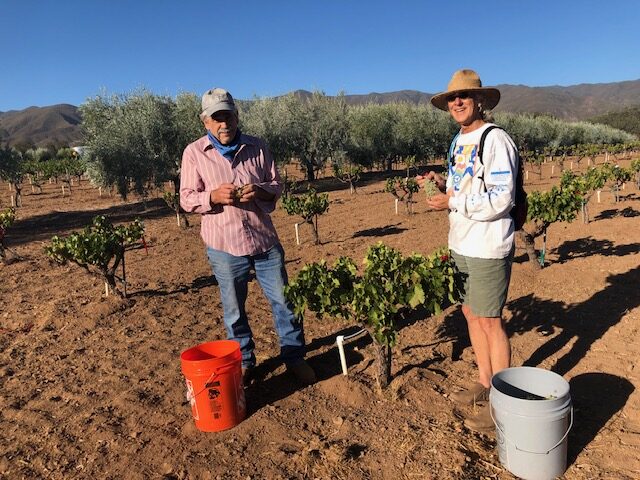
of the wine 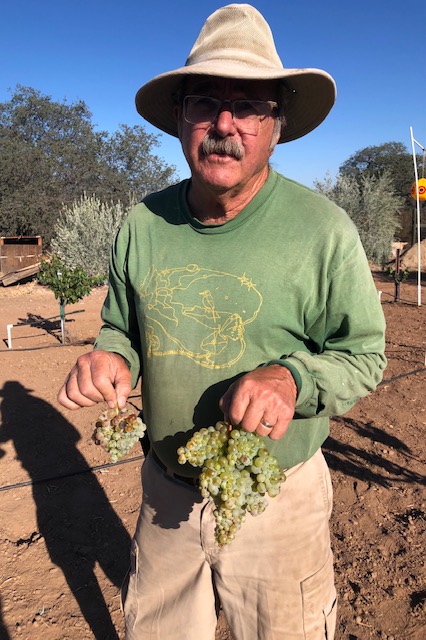
from bunches large and small 
to come. 
We rest, 
share food 
and feast together. 
Father and daughter observe the night sky. 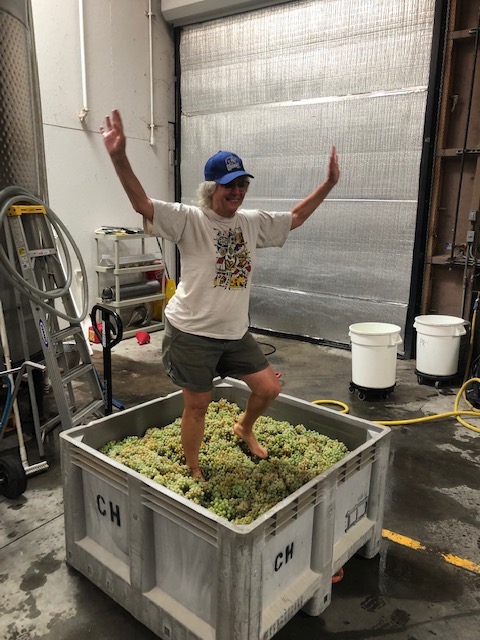
At the winery, Robbie foot treads the grapes the same day as harvest. 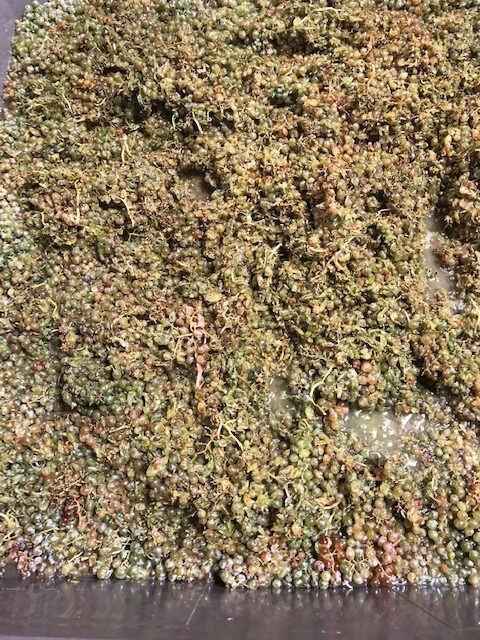
The Pedro begins its fermentation on the stems and skins. 
We send our gratitude to such a fun group!
The Zinfandel
Our final and largest harvest took place on September 19th. 70% of our vineyard is Zin varietal which thrives in hot weather in a dry-farmed system like ours. The grapes were prime at 25 brix. Yet, the Zinfandel vines also showed the impact of the drought. In 2019 we harvested 6000 pounds. This year, in contrast, we harvested only 2000 pounds. Yet, as winemaker Colin McNany said, he thinks we are in for some of the best Zin ever. Thank you to all who joined in this community harvest. Here’s their story in photos below.
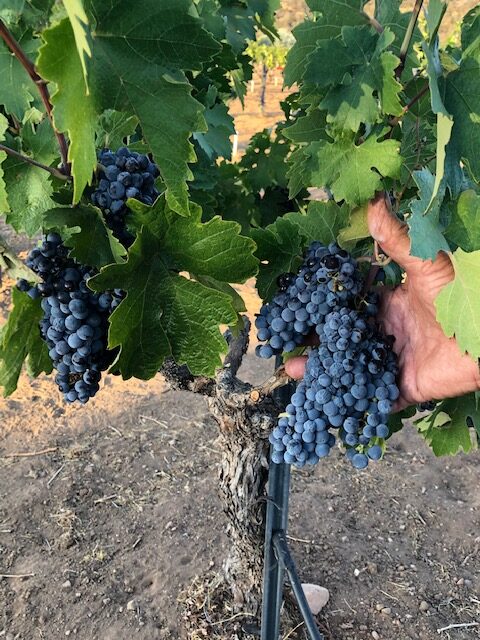
The Zin on the vine looks classic 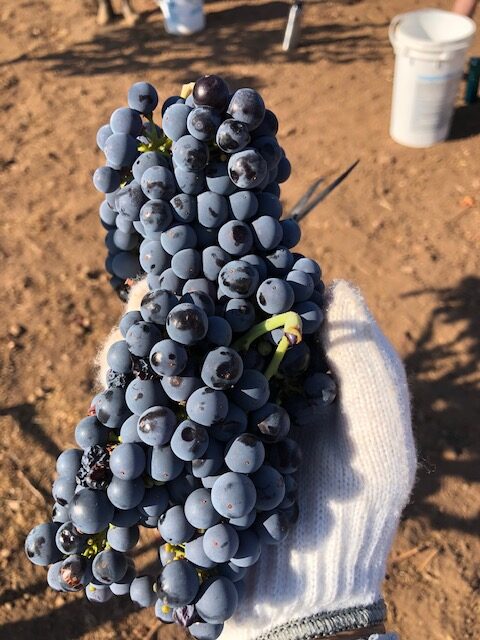
and fills up the hand. 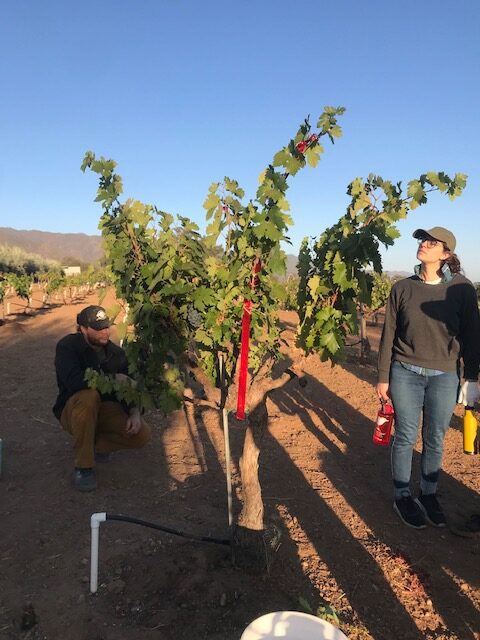
Once again 
we harvest 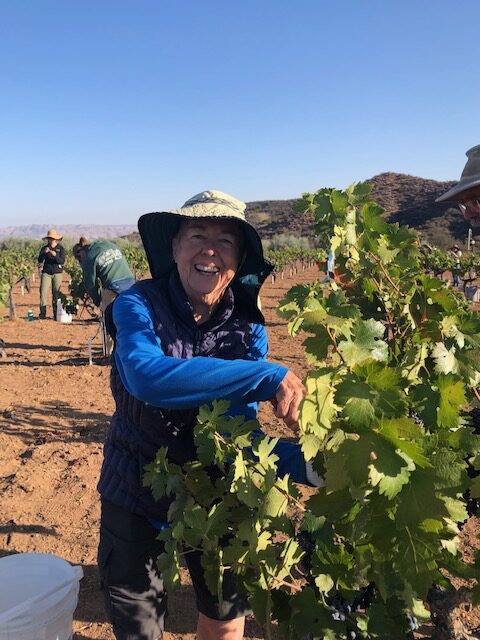
with joy. 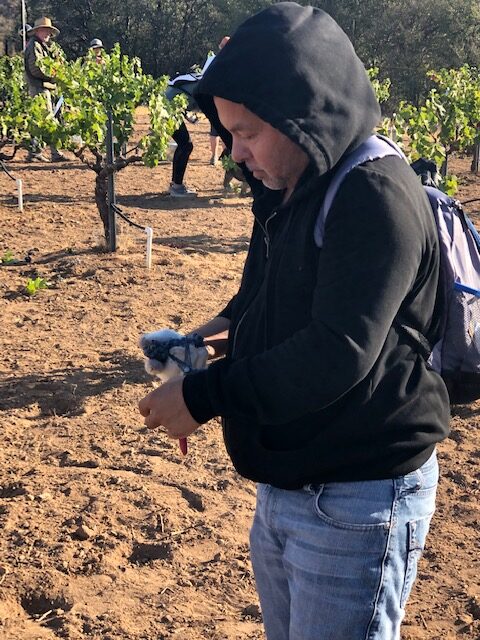
Each bunch 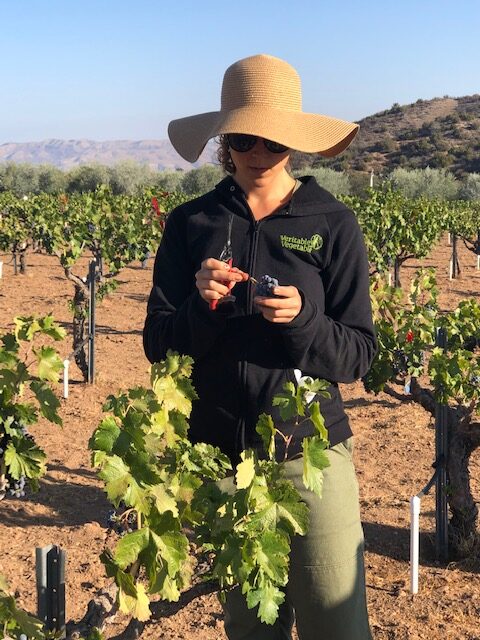
hand harvested 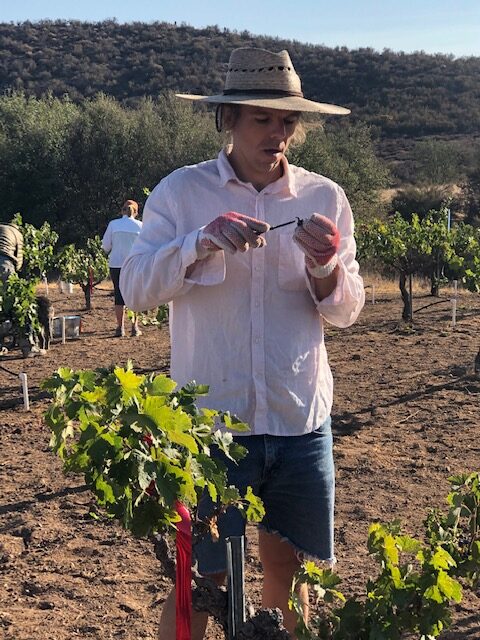
with 
special 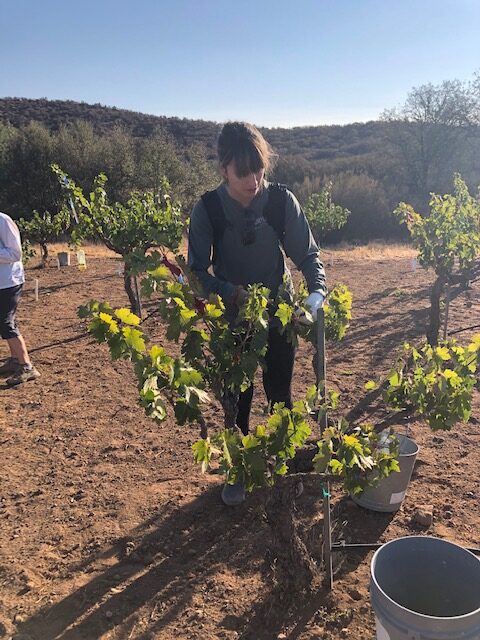
care. 
And FUN 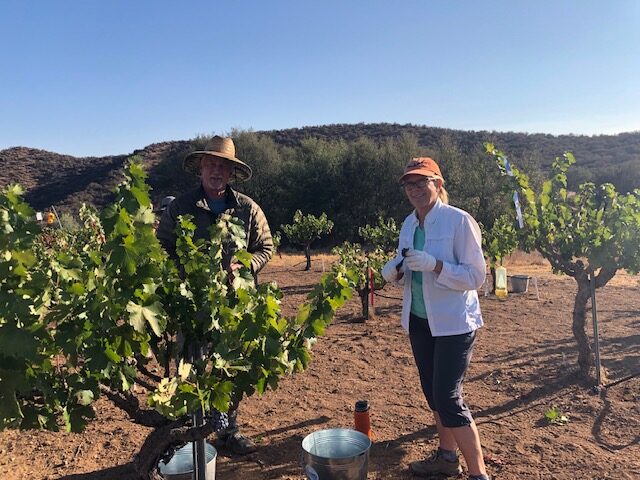
was shared 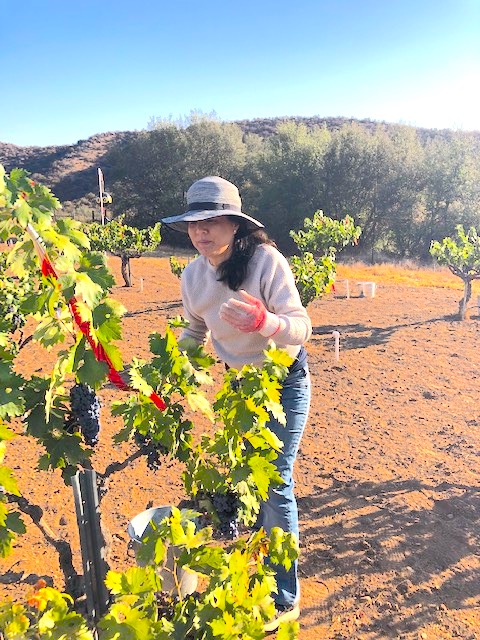
by all 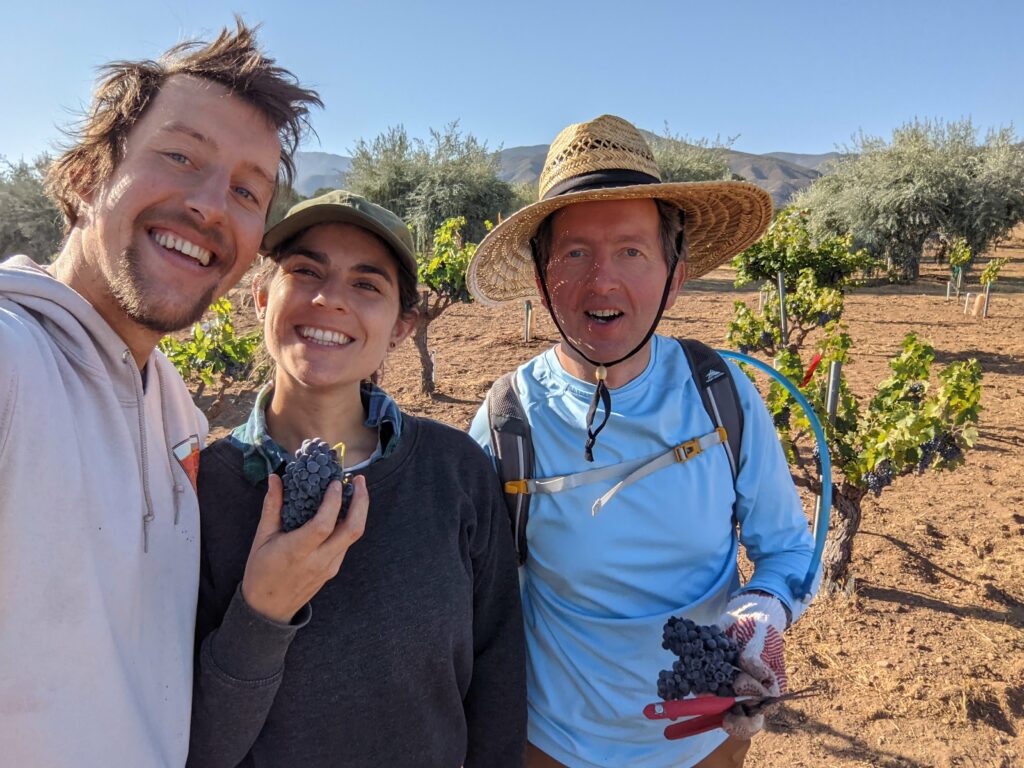
as we finished the 2021 
harvest together. 
Grapes were loaded in bins 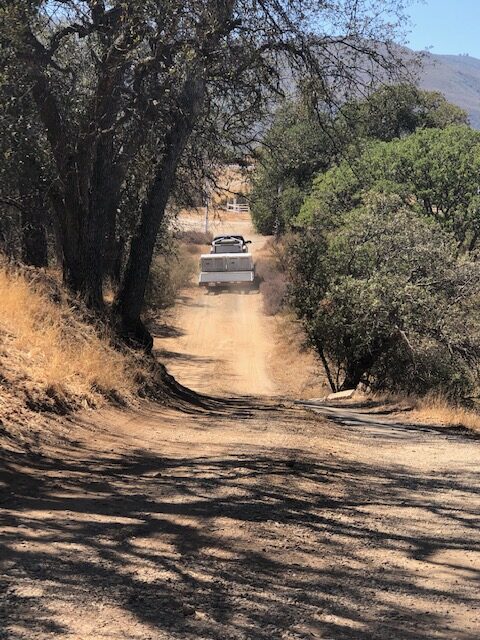
and hauled to the winery. 
Meanwhile there was time for relaxation 
which led to wine tasting 
of Condor’s Hope wines. 
The full moon rose 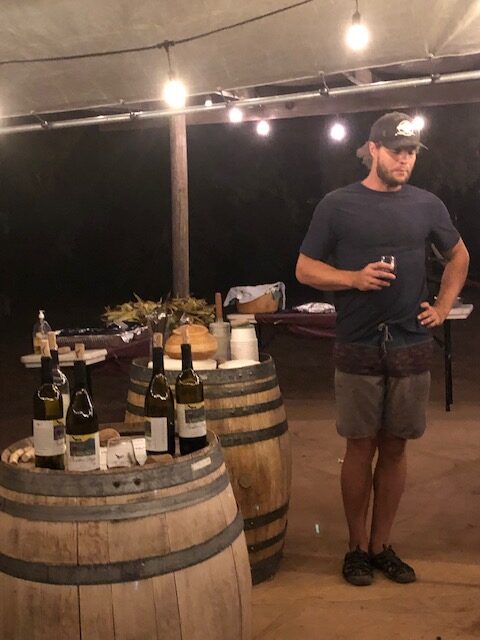
as we enjoyed a feast by Chef Brendan. 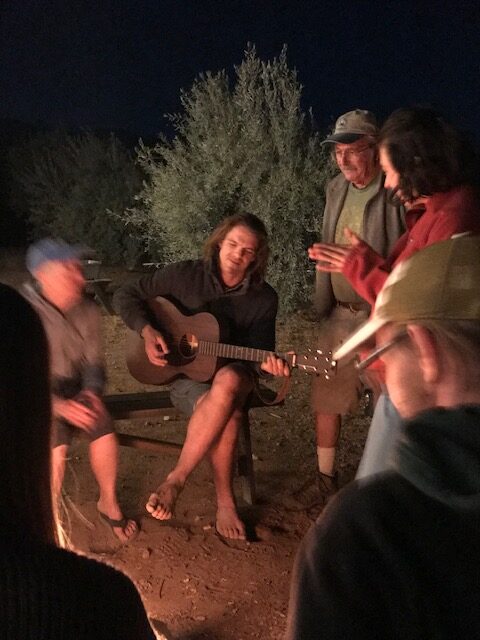
Followed by music around the campfire. 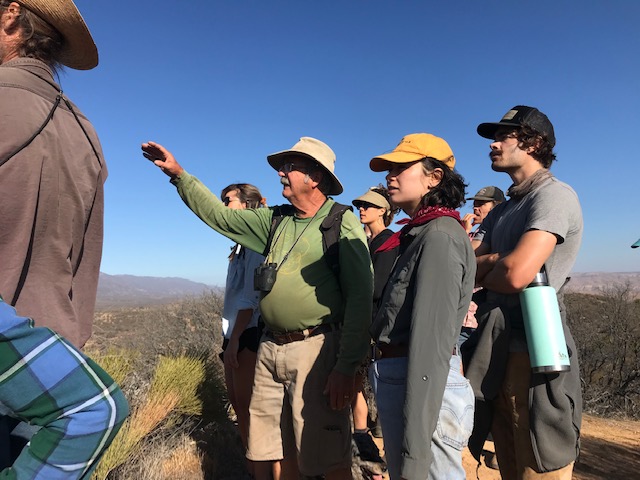
The next morning there was time for a hike to the ridge top for an overview. 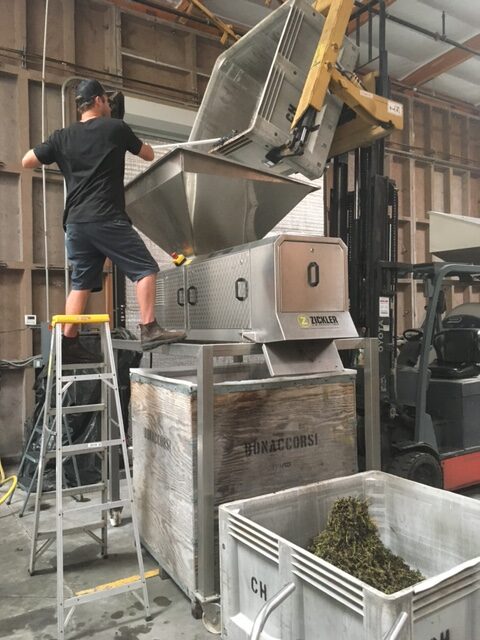
Meanwhile at the vineyard, winemaker Colin 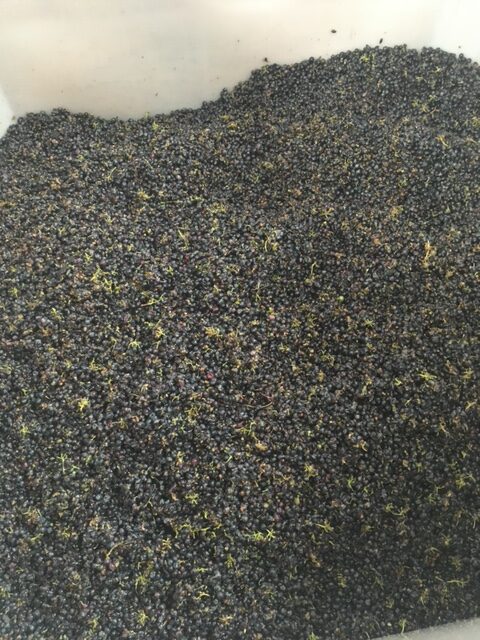
destemmed the grapes and started fermentation. 
Some of the stems were returned to the soil for enrichment. 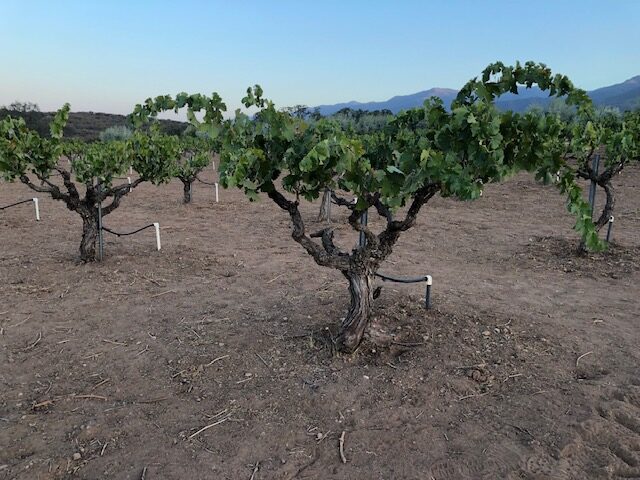
Now the grapevines rest after a long summer. 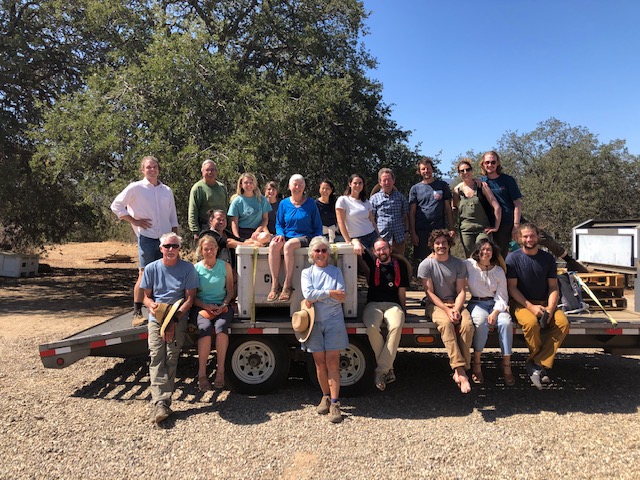
And we send gratitude to all of the harvesters.